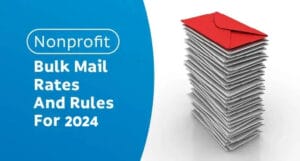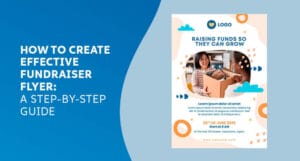This excellent article from The Wall Street Journal reveals several examples of how switching to email marketing may be hazardous to a company’s health.
We realized we had made a huge mistake by switching to email marketing
”Looking to cut costs amid the recession, Alicia Settle initially thought it would be a good idea to eliminate her company’s annual direct mailing.
Spending about $20,000 on the personally signed letters, which offered customers a discount on early orders, seemed indulgent for Per Annum Inc., which sells city diaries, albums, and planners in the struggling corporate gift market. But after swapping snail mail for email last year, Ms. Settle saw a 25% drop in early orders compared with the same period the previous year.
“We realized we had made a huge mistake by switching to email marketing,” says Ms. Settle, president of the New York firm.
The affordability of email marketing, along with the explosion of social media and the desire to trim costs in the recession, has prompted many small companies like Per Annum to slash traditional direct-mail budgets. U.S. consumers received about 5.2 billion pieces of direct mail in the third quarter of 2009, a 27% decline compared with 7.1 billion in the same period a year earlier, according to Mintel Comperemedia, a research firm that tracks direct-mail marketing.
However, some entrepreneurs who were quick to write off direct mail as too pricey or passé are finding it’s not so easy to dismiss.
Ms. Settle says that at first, she blamed the economy for the dropoff until she “started hearing from customers that they never got their ‘reminder’ in the mail.” Ms. Settle quickly sent a postcard mailing in June, which recouped the 25% loss, she says.
Costs are still taken into account. Many entrepreneurs find that the boiler-plate methods of the past—such as purchasing mailing lists and sending flyers or coupons to a mass audience—often aren’t cost-effective. Instead, business owners are creating personalized mailings, which may include special offers or other valuable information, and sending them to a hand-picked list of current and prospective customers.
The idea is to send something that’s more appealing than “junk” mail and potentially more noticeable than an email marketing message, says Eric Anderson, a professor of marketing at Northwestern University’s Kellogg School of Management. That allows business owners “to offer a personal touch the larger firms may not be able to have,” he says.
To save money, Peter Taffae, founder of ExecutivePerils, a Los Angeles wholesale insurance broker, stopped his small firm’s humorous postcard mailings last year. The colorful email marketing pieces showcase the insurance broker’s offerings through satirical movie themes, such as “Full Metal Policy,” a parody of “Full Metal Jacket” and “Singin’ in the Renewal,” from the classic film “Singin’ in the Rain.” About 2,000 current and potential clients received the postcards, which cost the company $4,000 to send out every four to six weeks.
“We would visit some clients and notice they were hanging the postcards on the wall, collecting them,” says Mr. Taffae, who says he secured $270,000 from a new client who chose to do business with the firm in late 2008 after receiving the postcards.
“After two or three months [of no postcards], we got a lot of emails and phone calls asking us, ‘Did you take me off your list?'” says Mr. Taffae, who restarted the postcard mailings in November.
William Kapas, president of J.C. Kapas Real Estate Co. in Rochelle Park, N.J., says he has secured clients as a result of his high-gloss, four-color monthly mailings that list who has bought or sold restaurant properties through the firm.
“Our clients look forward to knowing, and it’s a little bit of gossip, too,” says Mr. Kapas, who exclusively uses traditional mail to reach clients. “I think it’s easier to delete the electronic junk mail without taking a second look.”
Mr. Kapas spends about $1 a piece for the monthly mailings, sent to about 2,200 current and prospective customers.
Prof. Anderson says other business owners are trying to figure out how to integrate Web marketing—such as email marketing campaigns, banner ads, and social-networking sites—with direct mail. “The introduction of new media has forced [business owners] to go back and revisit the whole playbook on what’s the best way to communicate with customers,” Mr. Anderson says.
Ms. Settle, for instance, plans to use e-marketing to complement the hand-signed direct-mail piece, not replace it.
Meanwhile, Mr. Taffae is starting to take his satirical marketing approach to YouTube; he’s created a parody of F Troop, the 1960s sitcom, to promote his firm online.




